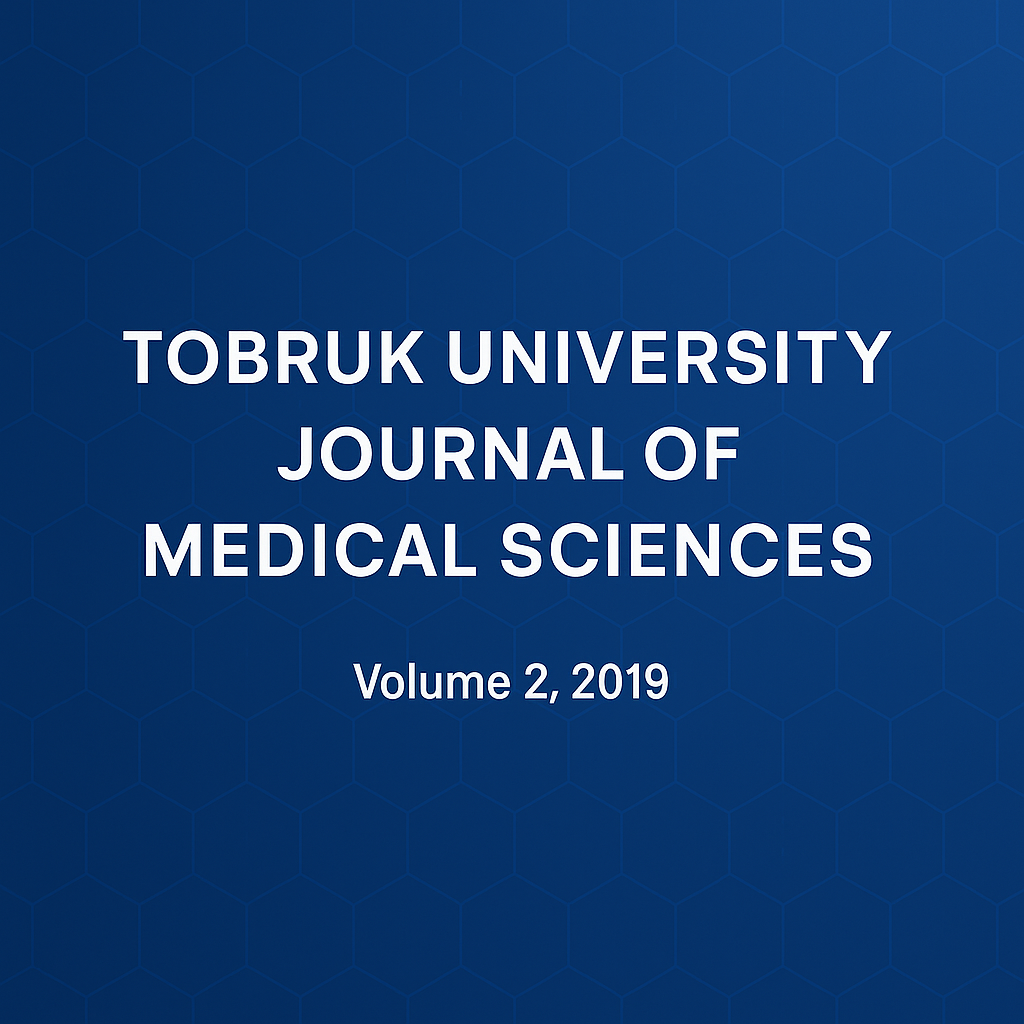Chemical Composition and Antimicrobial Activities of Cold-Pressed Oils Obtained FromNigellasativa and Prunus amygdales.
DOI:
https://doi.org/10.64516/853a4q85Keywords:
Chemical Composition,, Cold-Pressed Oil,, Antimicrobial Activity,, Prunus amygdales,, Nigella sativa.Abstract
The aim of this study is to put forward the antimicrobial activity of cold pressed oils obtained from seeds of Nigella sativa and Prunus amygdales. Oils of these seeds were analysed for their antibacterial and antifungal activities by the disk diffusion and MIC tests against fifteen microorganisms, Staphylococcus epidermidis DSMZ 20044, Staphylococcus aureus ATCC 25923, Salmonella typhimurium SL 1344, Salmonella kentucky, Salmonella infantis, Salmonella enteritidis, Pseudomonas fluorescens P1 ATCC 13075, Pseudomonas aeruginosa DSMZ 50071, Klebsiella pneumoniae, Escherichia coli ATCC 25922, Enterococcus faecium, Enterococcus faecalis ATCC 29212, Enterobacter aerogenes ATCC 13048, Candida albicans DSMZ 1386 and Bacillus subtilis DSMZ 1971. The results were compared against 11 standard antibiotics, which are cefazolin, clindamycin, chloramphenicol, ciprofloxacin, amoxicillin/clavulanic acid, sulfamethoxazole/trimethoprim, ceftriaxone, gentamicin, ampicillin, cephalothin, cefuroxime and vancomycin. The extracts were also chemically analysed by using GC-MS. As a result, Prunus amygdales oil is observed to be active against all microorganisms except for C. albicanis,Staph. Aureus, B. subtilis, Staph.epidermis,Pseudomonasarginosa and E.coli, where Nigella sativa oil is no active against all microorganisms.
References
1. Al‐Gaby AMA. Amino acid composition and biological effects of supplementing broad bean and corn proteins with Nigella sativa (black cumin) cake protein. Food/Nahrung. 1998;42(5):290–4.
2. Al-Ghamdi MS. The anti-inflammatory, analgesic and antipyretic activity of Nigella sativa. J Ethnopharmacol. 2001;76(1):45–8.
3. Agunbiade SO, Olanlokun JO. Evaluation of some nutritional characteristics of Indian almond (Prunus amygdalus) nut. Pak J Nutr. 2006;5(4):316–8.
4. Altuner EM, Çetin B. Antimicrobial activity of Thuidium delicatulum (Bryopsida) extracts. Kafkas Univ Fen Bilim Enst Derg. 2009;2(2):85–92.
5. Altuner EM, Canli K. In vitro antimicrobial screening of Hypnum andoi AJE Sm. Kastamonu Univ J For Fac. 2012;12:97–101.
6. Arici M, Sagdic O, Gecgel U. Antibacterial effect of Turkish black cumin (Nigella sativa L.) oils. Grasas Aceites. 2005;56(4):259–62.
7. Balouiri M, Sadiki M, Ibnsouda SK. Methods for in vitro evaluating antimicrobial activity: a review. J Pharm Anal. 2016;6(2):71–9.
8. Balta MF. Fatty acid profiles for almond (Prunus amygdalus Batsch) genotypes with different kernel taste and formation. Iğdır Univ J Inst Sci Tech. 2013;3(1):17–24.
9. Bombarely A, Merchante C, Csukasi F, Cruz-Rus E, Caballero JL, Medina-Escobar N, et al. Generation and analysis of ESTs from strawberry (Fragaria × ananassa) fruits and evaluation of their utility in genetic and molecular studies. BMC Genomics. 2010;11:1.
10. Badary OA, Abdel-Naim AB, Abdel-Wahab MH, Hamada FM. The influence of thymoquinone on doxorubicin-induced hyperlipidemic nephropathy in rats. Toxicology. 2000;143(3):219–26.
11. Bhuiya BA. Two new species of Encyrtidae (Hymenoptera: Chalcidoidea) from Bangladesh attacking Pulvinaria psidii Maskell (Homoptera: Coccidae) on guava. Orient Insects. 1998;32(1):267–77.
12. Canlı K, Altuner EM, Akata I. Antimicrobial screening of Mnium stellare. Bangladesh J Pharmacol. 2015;10:321–5.
13. Canlı K, Şimşek Ö, Yetgin A, Altuner EM. Determination of the chemical composition and antimicrobial activity of Frankenia hirsuta. Bangladesh J Pharmacol. 2017;12(4):463–9.
14. Canlı K, Çetin B, Altuner EM, Türkmen Y, Üzek U, Dursun H. In vitro antimicrobial screening of Hedwigia ciliata var. leucophaea and determination of the ethanol extract composition by GC-MS. J Pure Appl Microbiol. 2014;8(4):2987–98.
15. Canlı K, Yetgin A, Akata I, Altuner EM. Antimicrobial activity and chemical composition screening of Anacyclus pyrethrum root. Indian J Pharm Educ Res. 2017;51(3 Suppl):244–8.
16. Canlı K, Yetgin A, Akata I, Altuner EM. Antimicrobial activity and chemical composition screening of Epilobium montanum root. Indian J Pharm Sci. 2017;51(3 Suppl).
17. Chaudhry NMA, Tariq P. In vitro antibacterial activities of kalonji, cumin and poppy seed. Pak J Bot. 2008;40(1):461.
18. Gilani AUH, Jabeen Q, Khan MAU. A review of medicinal uses and pharmacological activities of Nigella sativa. Pak J Biol Sci. 2004;7(4):441–5.
19. Gilani AH, Aziz N, Khurram IM, Chaudhary KS, Iqbal A. Bronchodilator, spasmolytic and calcium antagonist activities of Nigella sativa seeds (Kalonji): a traditional herbal product with multiple medicinal uses. J Pak Med Assoc. 2001;51(3):115–20.
20. Guler T, Dalkilic B, Ertas ON, Ciftci M. The effect of dietary black cumin seeds (Nigella sativa L.) on the performance of broilers. Asian-Australas J Anim Sci. 2006;19(3):425.
21. Hammer KA, Carson CF, Riley TV. Antimicrobial activity of essential oils and other plant extracts. J Appl Microbiol. 1999;86:985–90.
22. Hussain DA, Hussain MM, Home AMPR. Nigella sativa (black seed) is an effective herbal remedy for every disease except death – a Prophetic statement which modern scientists confirm unanimously: a review. J Pharm Pharm Sci. 2016.
23. Johnson-Ajinwo OR, Li WW. Stable isotope dilution GC-MS for quantification of thymoquinone in black cumin seed oil. J Agric Food Chem. 2014;62(24):5466–71.
24. Janbaz KH, Saeed SA, Gilani AH. Hepatoprotective effect of thymol on chemical-induced hepatotoxicity in rodents. Pak J Biol Sci. 2003;6(5):448–51.
25. Jenkins DJA, Kendall CWC, Marchie A. Dose response of almonds on coronary heart disease risk factors. ACC Curr J Rev. 2003;12(1):30–1.
26. Khan IA, Abourashed EA. Leung's encyclopedia of common natural ingredients: used in food, drugs and cosmet. 3rd ed. Hoboken (NJ): Wiley; 2011.
27. Kazemi M. Chemical composition and antioxidant properties of the essential oil of Nigella sativa L. Bangladesh J Bot. 2015;44(1):111–6.
28. Khanna M, Park P, Zirvi M, Cao W, Picon A, Day J, et al. Multiplex PCR/LDR for detection of K-ras mutations in primary colon tumors. Oncogene. 1999;18(1):27–38.
29. Khan MA. Chemical composition and medicinal properties of Nigella sativa Linn. Inflammopharmacology. 1999;7(1):15–35.
30. Masson R, Bornert M, Suquet P, Zaoui A. An affine formulation for the prediction of the effective properties of nonlinear composites and polycrystals. J Mech Phys Solids. 2000;48(6):1203–27.
31. Meral I, Donmez N, Baydas B, Belge F, Kanter M. Effect of Nigella sativa L. on heart rate and some haematological values of alloxan-induced diabetic rabbits. Scand J Lab Anim Sci. 2004;31(1):49–53.
32. Menounos P, Staphylakis K, Gegiou D. The sterols of Nigella sativa seed oil. Phytochemistry. 1986;25(3):761–3.
33. Mangalagiri Mandal GD. Therapeutic applications of almonds (Prunus amygdalus L.): a review. Int J Nutr Pharmacol Neurol Dis. 2012.
34. Neogi U, Saumya R, Mishra RK, Raju KC. Lipid content and in vitro antimicrobial activity of oil seeds of some Indian medicinal plants. Curr Res Bacteriol. 2008;1:1–6.
35. Popa VM, Gruia A, Raba DN, Moldovan C, Dumbravă DG, Mateescu C. The possibilities of obtaining, characterizing and valorification of rapeseed oil (Brassica napus). In: 48th Croatian and 8th International Symposium on Agriculture, Dubrovnik, Croatia. Osijek: University of Josip Juraj Strossmayer; 2013. p. 93–6.
36. Pratima NA, Shailee T. International Journal of Research in Pharmacy and Science. 2012.
37. Rathee PS, Mishra SH, Kaushal R. Antimicrobial activity of essential oil, fixed oil and unsaponifiable matter of Nigella sativa. Indian J Pharm Sci. 1982;44(1):8–10.
38. Standards NCfCL. Methods for Antimicrobial Susceptibility Testing of Anaerobic Bacteria: Approved Standard. 2004. NCCLS.
39. Salem ML. Immunomodulatory and therapeutic properties of the Nigella sativa L. seed. Int Immunopharmacol. 2005;5(13):1749–70.
40. Takruri HR, Dameh MA. Study of the nutritional value of black cumin seeds (Nigella sativa L.). J Sci Food Agric. 1998;76(3):404–10.
41. Youssef MKE, Eshak NS, Hana RS. Physicochemical characteristics, nutrient content and fatty acid composition of Nigella sativa oil and sesame oil. Food Public Health. 2013;3(6):309–14.












